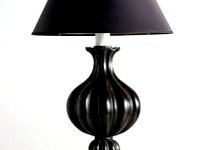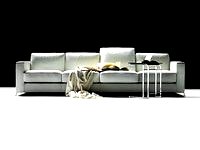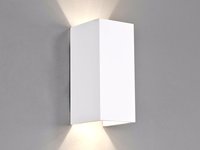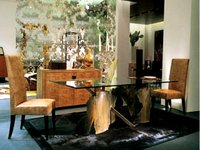183
182
Kolos design Yonoh Studio
Kolos nasce da uno stampo in gesso, in un laboratorio di ceramiche, dove gli artigiani
gli mettono lo smalto e poi lo infornano. Anche se lucida e liscia al tatto, la materia
si fa sentire. Gli spigoli assorbono meno colore e schiariscono mentre i pigmenti
si concentrano nelle aree tondeggianti, scurendole. É un tavolino dal forte valore
decorativo, un complemento dal significato artistico che interpreta con un tono
ironico l’architettura del Colosseo.
Kolos is formed in a plaster mould in a pottery where craftsmen apply the glaze and
then fire the table. Although shiny and polished to the touch, the material it is made
of is evident. The corners absorb less colour and become paler while the pigments
are concentrated in the rounded areas, making them darker. A highly decorative side
table, a furnishing accessory with an artistic value and an ironic interpretation of the
architecture of the Colosseum.
Kolos naît d’un moule en plâtre, dans un atelier de céramiques, où les artisans
appliquent l’émail puis l’enfournent. Même si elle est brillante et lisse au toucher,
la matière se fait sentir. Les arêtes absorbent moins de couleur et sont plus claires
tandis que les pigments se concentrent dans les zones arrondies en les fonçant.
Une table basse à forte valeur décorative, un complément avec une signification
artistique qui interprète avec ironie l’architecture du Colisée.
Kolos entsteht in einer Keramikwerkstatt, wo er in handwerklicher Arbeit emailliert
und dann gebrannt wird. Obwohl glänzend und glatt bei der Berührung, spürt man die
Materie. Die Kanten nehmen weniger Farbe auf und bleiben heller, während sich die
Pigmente auf die rundlichen Bereiche konzentrieren, die daher dunkler sind. Ein sehr
dekorativer kleiner Tisch, ein Wohnzubehör mit einem künstlerischen Inhalt, das mit
einem Hauch Ironie die Architektur des Kolosseums interpretiert.
Kolos nace de un molde de yeso, en un taller de cerámica, donde los artesanos lo
esmaltan y hornean. No obstante su brillantez y suavidad al tacto, la materia se hace
sentir. Los bordes absorben menos color y se aclaran, mientras que los pigmentos se
concentran en las zonas redondeadas, oscureciéndolas. Una mesa de centro de un
intenso valor decorativo, un complemento con un significado artístico que interpreta
la arquitectura del Coliseo con un tono irónico.







